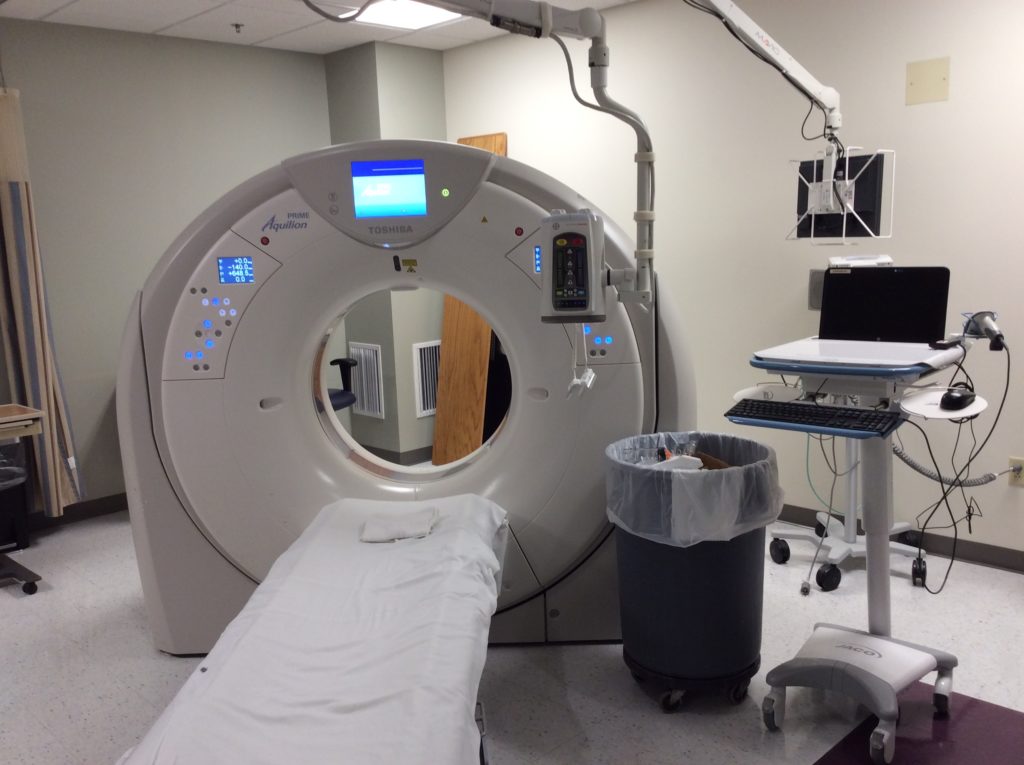Lung Cancer Screening
Lung cancer is the leading cause of cancer death in both men and women in the United States. Smoking is the leading cause of lung cancer, but even people who have never smoked can get the disease.
Early detection of lung cancer is important because it can lead to more effective treatment and a better chance of survival. However, traditional methods of lung cancer screening, such as chest X-rays, are not very effective at detecting early-stage lung cancer.
Low-dose CT scans are a newer method of lung cancer screening that is more effective than chest X-rays. Low-dose CT scans use less radiation than traditional CT scans, making them safer for patients.
A study published in the New England Journal of Medicine in 2011 found that low-dose CT scans can reduce lung cancer mortality by 20% in high-risk individuals. The study included over 53,000 people who were at high risk for lung cancer because they were current or former smokers.
The American Cancer Society (ACS) recommends low-dose CT scans for lung cancer screening in people who are at high risk for the disease. The ACS defines high risk as:
- Age 55 or older
- A 20 pack-year smoking history (smoking 1 pack of cigarettes a day for 20 years)
- Currently smoking or have quit smoking within the past 15 years
The ACS recommends that low-dose CT scans be repeated every year.
Low-dose CT scans are not without risks. The radiation exposure from a low-dose CT scan is about the same as the radiation exposure from two chest X-rays. However, the benefits of early detection of lung cancer outweigh the risks of radiation exposure.
If you are at high risk for lung cancer, talk to your doctor about whether low-dose CT screening is right for you.
Other Considerations for Low-Dose CT Screening
In addition to age, smoking history, and current smoking status, there are other factors that may affect your eligibility for low-dose CT screening. These factors include:
- Your overall health
- Your risk of other diseases, such as heart disease or stroke
- Your ability to lie still for the scan
If you have any of these conditions, your doctor may recommend that you have a chest X-ray instead of a low-dose CT scan.
Conclusion
Low-dose CT scans are a safe and effective way to screen for lung cancer in high-risk individuals. If you are at high risk for lung cancer, talk to your doctor about whether low-dose CT screening is right for you.
Low-dose CT scan (LDCT) is available to patients for lung cancer screening with a provider’s order. The first low-dose CT scan was performed at Newman Regional Health on April 29, 2021.
Low-Dose CT Scan for Lung Cancer Screening
Low-Dose CT Screening Side Effects
The most common side effect of low-dose CT screening is a mild headache. Other possible side effects include:
- Nausea
- Vomiting
- Diarrhea
- Constipation
- Allergic reaction to the contrast dye (if used)
These side effects are usually mild and go away on their own.
Additional Resources
- Lung Cancer Screening: CDC WEBPAGE from the Centers for Disease Control and Prevention (CDC)
- Lung Cancer Screening: https://www.cancer.gov/types/lung/patient/lung-screening-pdq from the National Cancer Institute (NCI)
- Saved by the Scan: from the American Lung Association

